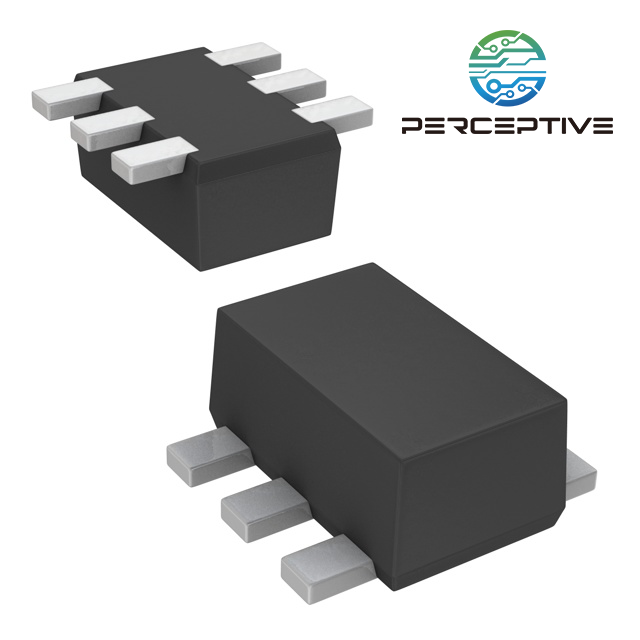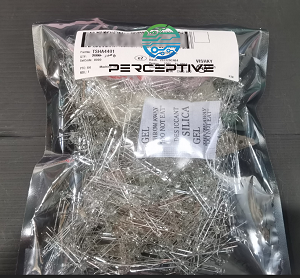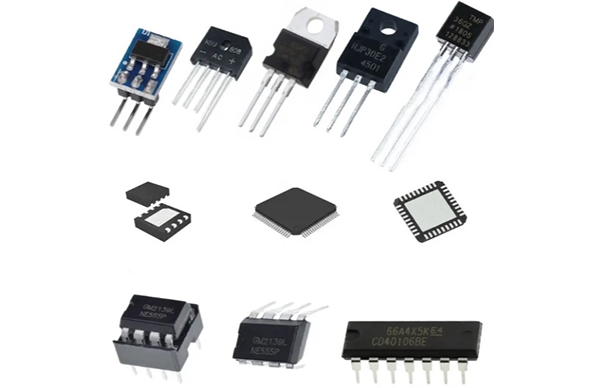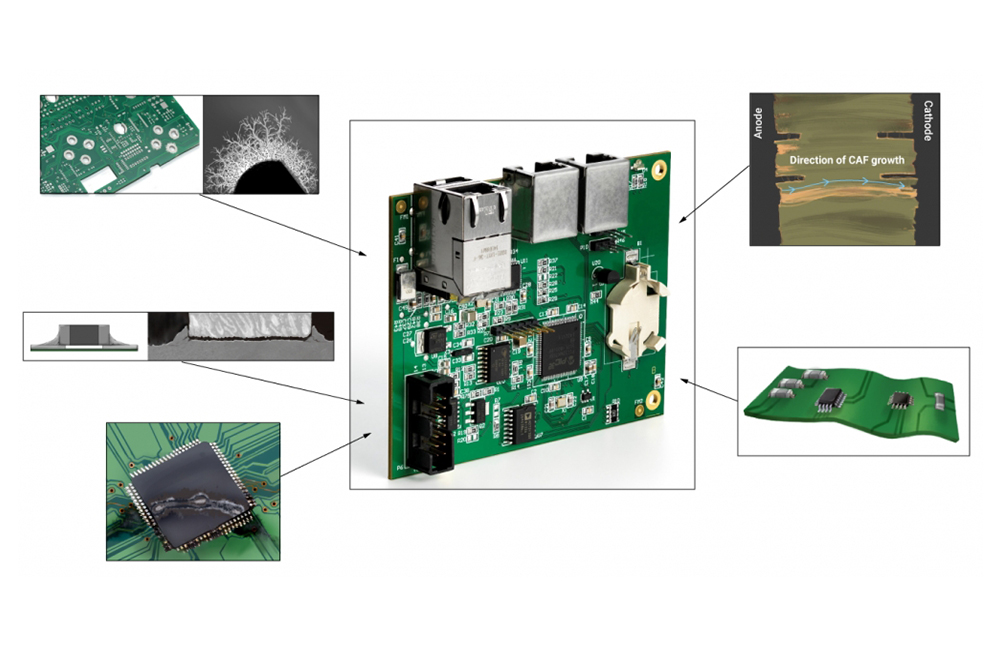
According to relevant reports, JSFoundry, a Japanese semiconductor foundry, recently plans to expand its production capacity to 2.5 times its capacity in 2027. Among them, the demand for electric vehicles has also increased significantly.
Then, can the increase in upstream wafer production capacity solve the dual dilemma of "core shortage" and price reduction?
It can be seen that as semiconductor giants such as JSFoundry continue to increase and invest, and the price of mature chips is cut first, the wafer market is reshuffled, and the "chip shortage" situation may be alleviated in the future.

It can be seen from the expansion of JS Foundry that Japan's determination to develop semiconductor foundry has greatly increased. Many semiconductor giants have plans to expand investment in Japan to build new fabs, and even giant companies have begun to actually implement them. Among them, ON Semiconductor sold the Niigata factory in Japan to JSFoundry! And the Japanese fund acquired the ON Semiconductor chip factory for US$135 million. As early as 2020, ON Semiconductor has planned to package and sell the Niigata factory in Japan. The sale of the Niigata factory is part of the company's restructuring plan, which aims to optimize its manufacturing base.
Semiconductor industry, wafer foundry is expected to continue strategic expansion
· Recently, Intel reaffirmed its commitment to multibillion-dollar capacity expansion plans in the United States and Europe. Under the circumstance of continuous market decline, Intel still insists on building new fabs against the trend. Intel said in this regard: Although the economy is sluggish, the fab must continue to be launched! As semiconductor profits plummet, Intel plans to significantly lay off employees and save billions of dollars. In 2021, Intel's new CEO will take office with three fires: get 7nm EUV, build a factory with 20 billion US dollars, and change the foundry model. Separately, Intel has selected Magdeburg, Germany, as the location for its multibillion-euro investment in a new European fab. Some time ago, Intel established a $30 billion "chip fund" just to revive chip manufacturing!
· The five major fabs simultaneously announced the expansion of production capacity, causing concerns about oversupply. This time the chip has reversed, and there is a crisis of excess production capacity. Information agencies say that the supply of semiconductor equipment is in short supply. Another source said that in recent years, 40 new fabs have been built around the world, and the life of many semiconductor manufacturers will be even more difficult because of this.
· In the process of selecting the site for India's first chip manufacturing plant, Gujarat was rejected due to lack of water. And India's first fab may start in Karnataka in the next few months. The fab, which cost $3 billion, plans to produce 65nm chips. India's "chip dream" may come true. "Made in India" drives global semiconductor opportunities and supply chain transfers.

It is reported that from 2021 to 2023, 84 new fabs will be built around the world! The foundry industry has entered an adjustment cycle, and companies are actively responding. And foundry companies have made efforts to mature the process, and the price of mature chip technology has also been greatly reduced. The test of some chip giants comes from this.



























